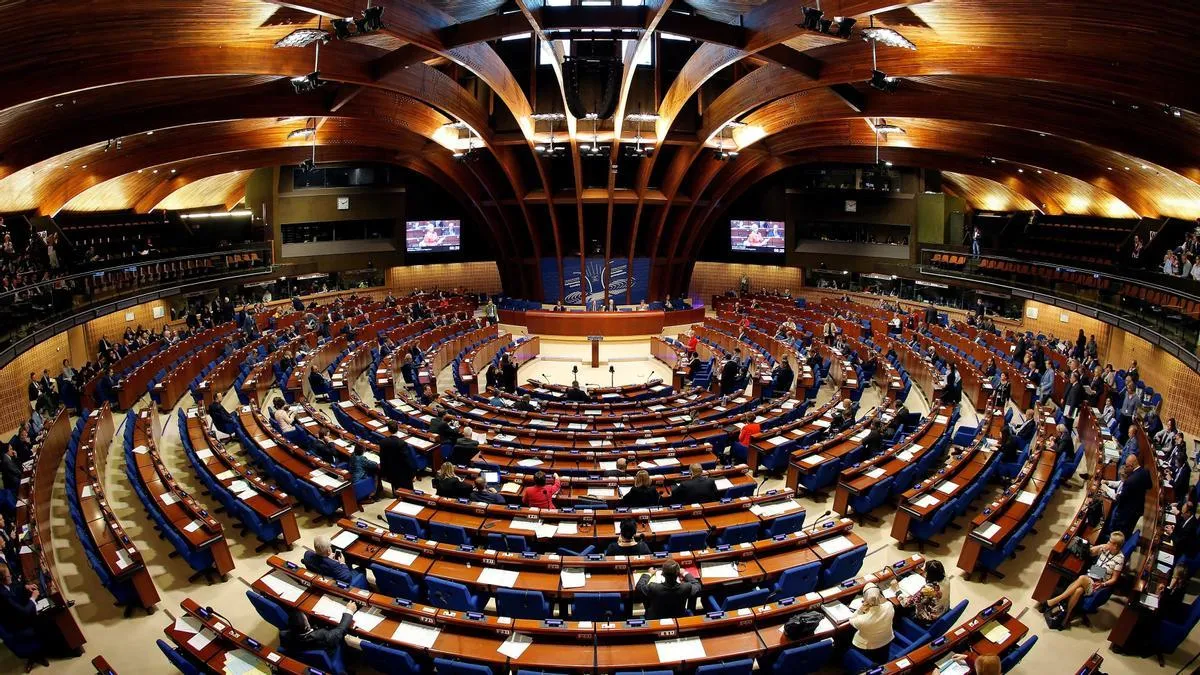The Council has adopted its position (“general orientation”) on the proposal for a Regulation on the type approval of motor vehicles and engines, as well as independent technical units, systems, and components intended for such vehicles, concerning their emissions and battery durability, better known as Euro 7.
The new Regulation, which for the first time includes passenger cars, vans, and heavy vehicles in a single legal act, aims to establish more appropriate standards regarding vehicle emissions and further reduce atmospheric pollutant emissions from road transport.

“Europe is globally renowned for producing low-emission, high-quality vehicles. We aim to continue our commitment to improving air quality. Our position is to stay on the path of leading future mobility and adopting realistic emission standards for vehicles in the next decade, while simultaneously assisting our industry in making the definitive shift towards clean vehicles by 2035,” said Héctor Gómez Hernández, Acting Minister of Industry, Commerce and Tourism of Spain.
And adds: “The Spanish Presidency has been attentive to the various demands and requests of the Member States, and we believe that with this proposal, we have achieved broad support and a balance in the investment costs for manufacturers, thereby enhancing the environmental benefits derived from the Regulation“.
The Council’s position strikes a balance between stringent vehicle emission requirements and additional investments for the industry, at a time when European car manufacturers are undergoing a transformation towards producing zero-emission vehicles.
The general orientation maintains the existing emission limits and testing conditions applicable to light vehicles.
As for heavy vehicles, emission limits are reduced, and minimal adjustments to testing conditions are introduced.
Euro 7 also includes a special provision for urban buses to ensure alignment with the new zero-emission target proposed for these vehicles by 2030.
New elements covered by the Euro 7 standard
Euro 7 sets limits for emissions other than those from the exhaust pipe, such as particles from brakes and tires.
Furthermore, it encompasses minimum performance requirements for battery durability in electric vehicles and imposes stricter standards for vehicle lifespan.
The Regulation also anticipates the use of advanced emissions monitoring technologies and tools.
Council Mandate
The Council suggests a series of practical changes to the Commission’s proposal, taking into account both environmental and health objectives. Among other things:
- The Council’s position maintains the existing testing conditions and emission limits (as established in Euro 6) for M1 and N1 vehicles (passenger cars and private vans).
- For M2 and M3 vehicles (buses and coaches) and N2 and N3 vehicles (heavy-duty commercial vehicles), emission limits are reduced, and minor adjustments are made to testing conditions compared to Euro 6/VI standards.
- The Council’s text strengthens the harmonization of emission limits for particles from brakes and tire abrasion with the international standards adopted by the United Nations Economic Commission for Europe (UNECE).
- It takes into account the new zero-emission CO2 target proposed for urban buses.
- Clear deadlines are also established for the adoption of implementing acts (by the Commission) to provide economic agents with clarity and legal certainty.
The general approach agreed today formalizes the Council’s negotiating position.
It provides the Presidency of the Council with a mandate to negotiate with the European Parliament, which will begin as soon as Parliament adopts its position.
Context
On October 27, 2022, the Council and the European Parliament reached a provisional political agreement on stricter CO2 emissions performance standards for new passenger cars and vans, setting a target of a 100% reduction in CO2 emissions for new passenger cars and vans by no later than 2035.
While the industry is preparing for this transition, combustion engine passenger cars and vans will still be available on the market until 2035.
Other internal combustion engine vehicles (trucks, buses, and other heavy vehicles) will continue to be manufactured after that date.
The Euro 7 standard proposal includes more appropriate emissions standards and addresses other pollutant elements while also tackling issues such as tire abrasion and battery lifespan.
It was presented by the Commission on November 10, 2022, and consolidates the emissions goals for both light and heavy motor vehicles, which were previously separated into two different regulations:
Regulation (EC) No 715/2007 for passenger cars and vans and Regulation No 595/2009 for buses, trucks, and other heavy vehicles.
The Euro 7 Regulation is part of the Commission’s 2020 Sustainable and Smart Mobility Strategy and the 2021 “Zero Pollution” Action Plan.





